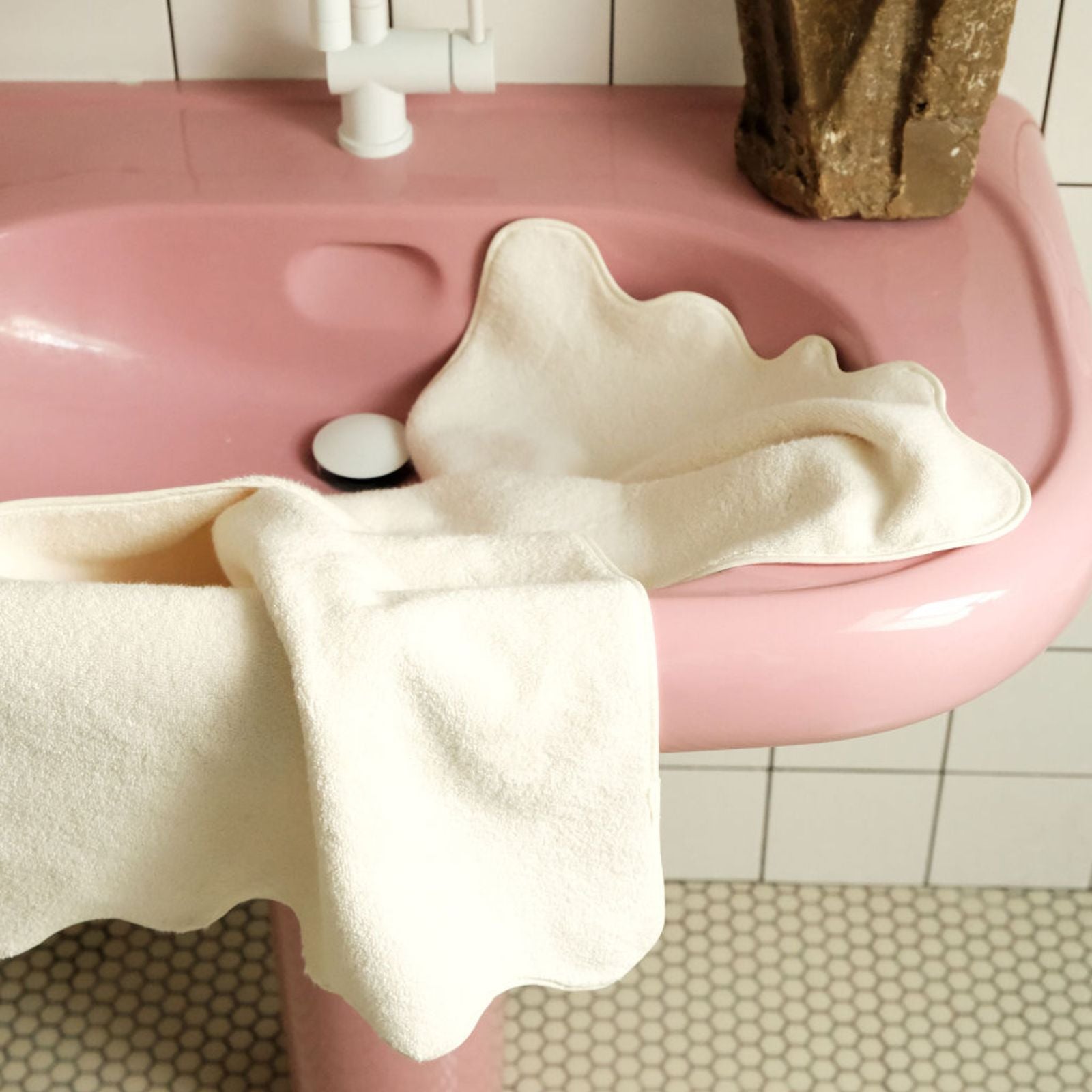The making of Tomète table jewelry in brass gilded with 24-carat fine gold
Tomète table jewelry, true works of art in 24-carat gold-plated brass, is the result of a meticulous process combining traditional craftsmanship and contemporary creativity. Each piece, crafted with precision and passion, embodies elegance and refinement, reflecting exceptional craftsmanship. Here are the main steps in the manufacturing of these unique decorative objects, entirely made in Paris.

1. Design: inspiration at the heart of creation
The process begins with the design phase, a crucial step where inspiration takes shape. Tomète's teams draw inspiration from geometric shapes, natural patterns, and contemporary textures to create pieces that combine modernity and timelessness. Each piece of tableware is designed to be both functional and aesthetic, bringing an artistic touch to the art of table setting.
During this phase, sketches are created by hand or using 3D modeling software, allowing for a precise visualization of every detail of the future piece. The search for harmony in proportions and finishes is essential, as these elements will define the unique character of the jewelry.
2. The choice of prints: a meticulous selection
Once the design is finalized, the next step is to select the stamps, the metal dies that will be used to shape the brass. This choice is crucial because it determines the fine details and the final quality of the object. Stamps are often handmade by skilled artisans or selected from existing models for their precision and durability. We have worked with Parisian houses that have specialized in the art of stamping for many years.
Brass, an alloy of copper and zinc, is chosen for its aesthetic qualities and strength. It is both malleable and strong, allowing for complex shapes while ensuring the longevity of the pieces.
3. Welding: the art of joining parts
After cutting the brass according to the patterns defined by the prints, comes the soldering stage. Here, the different parts of the table jewelry are carefully assembled. This work requires great skill, as the soldering must be invisible once the piece is finished. To achieve this, a brass-compatible alloy is used to create strong and aesthetically pleasing joints.
Our Parisian partner artisans use high-precision torches to heat the pieces and melt the metal at strategic points. The goal is to ensure maximum strength without altering the delicate details of the design. Once welded, each piece is carefully cleaned to remove any impurities before moving on to the finishing process.
4. 24-carat fine gold plating by electrolysis: the final touch of luxury
The last step, and not the least, is the 24-carat fine gold plating, achieved through an electrolysis process. This process involves depositing a thin layer of pure gold onto the brass, giving the piece its incomparable brilliance and durability. This step is also carried out by an expert in his Parisian workshop.
The electrolysis process begins with the preparation of the pieces: they are carefully cleaned and polished to ensure perfect adhesion of the gold layer. Next, the pieces are immersed in an electrolytic bath containing gold ions. An electrical charge is then applied, causing the gold ions to attach to the surface of the brass. This process results in a uniform and exceptionally fine gilding that will stand the test of time.
The 24-carat gilding gives each piece of tableware a luxurious shine and resistance to oxidation, while preserving the elegance and delicacy of the original design.

The creation of Tomète table jewelry in 24-carat gold-plated brass is a complex and refined process, requiring the highest level of craftsmanship. From the design phase, where inspiration and creativity reign supreme, to the electroplating process that gives the pieces their final brilliance, each step is carried out with meticulous attention to detail. Each piece of table jewelry thus becomes a unique work of art, ready to enhance elegant moments around the table.




